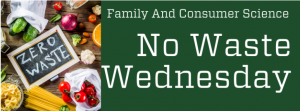
During this time, it is especially important to get the most out of your fruits and vegetables. Not only does it help to cut down on trips to the grocery store, but it can also save you money and reduce overall food waste. See below for tips on how to maximize the shelf life of common fruits and vegetables.

Buy fruits and vegetables in their most whole form. Not only does this save you money as you are paying more for the convenience of the pre-cut produce, but food will last up to twice as long without being processed. For example, buy a whole head of lettuce rather than a bag of pre-cut.
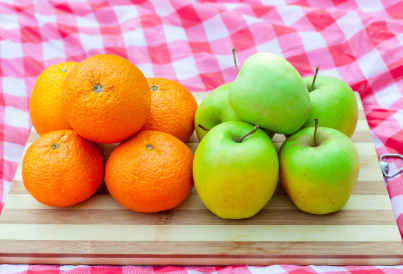
Buy fruits and vegetables with naturally longer shelf life. Purchase a variety of fruits and vegetables and try to use the ones with a shorter shelf life first. This allows for more variety in your daily diet, while planning for fresh fruits and vegetables for up to 2 weeks. Some of the fruits and vegetables with the longest shelf life include: apples, citrus fruits, carrots, squash, and brussel sprouts
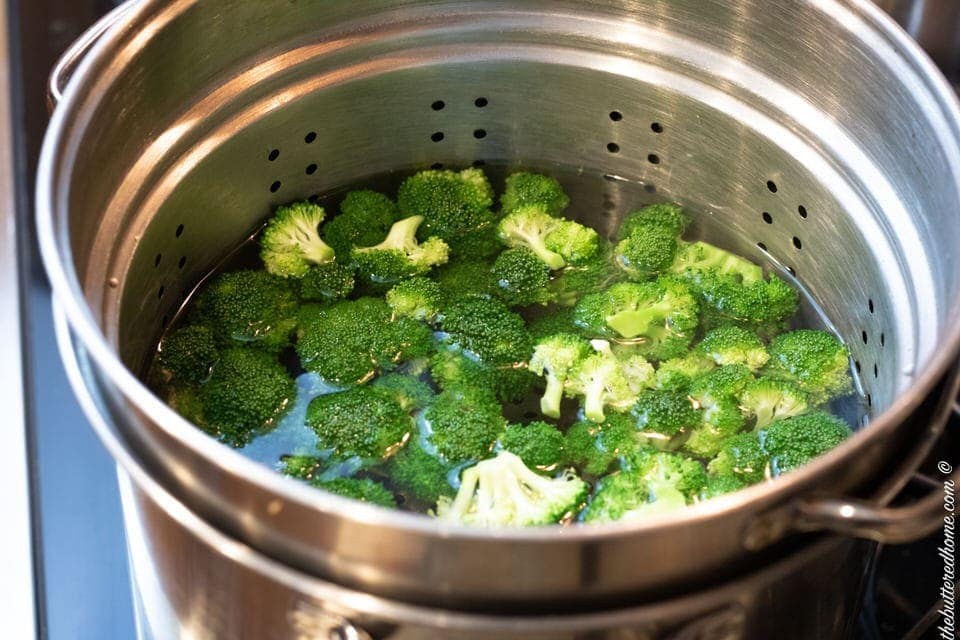
Blanch and freeze vegetables. Blanching slows or stops the enzymatic process that ripens vegetables, causing them to lose flavor, color and texture once they begin to over-ripen. Typically, blanching involves rapid boiling vegetables and then immediately freezing them to preserve their nutrients and flavor at peak ripeness. For more information, please visit the link at the bottom of the page.
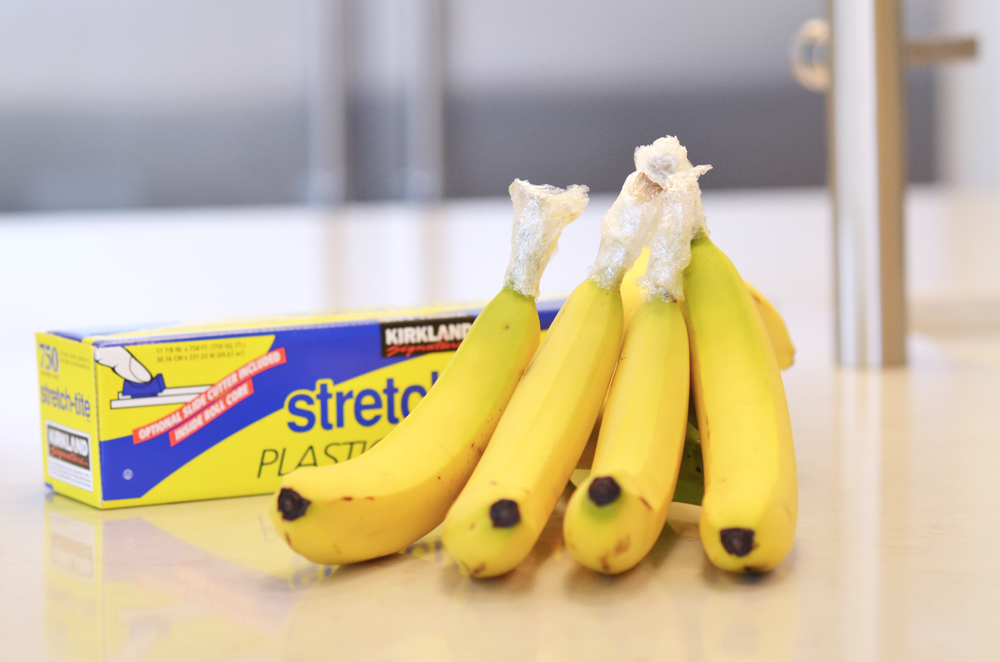
Bananas. There are several specific tips to make bananas stay fresh longer. First, you can wrap the stems in plastic wrap. This method prevents the production of ethylene gas, which is what naturally ripens bananas. Also, bananas ripen faster in bunches. In order to make them last longer, separate bananas into groups of one or two to preserve freshness.
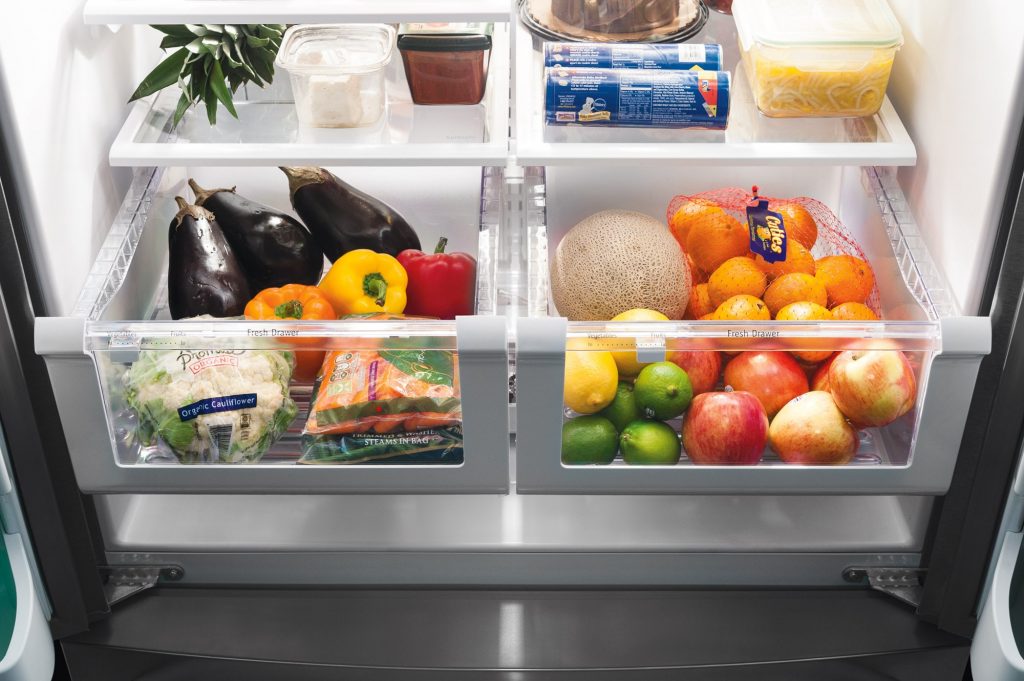
Use appropriate storage areas in your refrigerator. Each drawer in your refrigerator was designed for a specific purpose. The chill drawer is kept at the lowest temperature within the fridge and should be used to store meats and cheeses. The crisper or fresh drawers are designed for fruits and vegetables and can significantly extend the life of fresh fruits and veggies. These drawers work by controlling airflow and humidity. If you have two fresh drawers, it is best to set one for high humidity and one for low humidity. High humidity is great for anything that wilts, such as asparagus, leafy vegetables and fresh herbs. Low humidity will help with anything that rots easily, such as apples, pears, avocados and melons. Check your manufacturer manual for more specific guidelines.

Canned fruits and vegetables. If you can’t keep fresh fruits and veggies in the house, canned goods are a great alternative. Canned fruits and veggies have a comparable amount of nutrients to fresh; however, they may contain more sugar or salt. Before preparing your canned fruits and vegetables, give them a quick rinse with fresh water to remove any excess salt or sugar.
Freezing vegetables fact sheet:
https://www.extension.colostate.edu/docs/pubs/foodnut/09330.pdf


